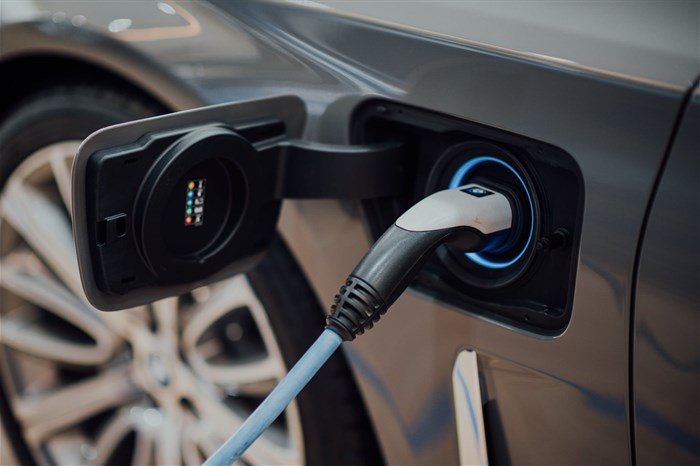
Top stories






LegalKenyan court postpones case seeking to halt Diageo's $2.3bn sale of EABL
Duncan Miriri and Emma Rumney 1 day
More news












In fact, successes in the development of new battery-powered electric vehicles and plug-in hybrid electric vehicles have even seen European policymakers declare that the region will be implementing a ban on the sales of petrol and diesel cars by 2035.
As South Africans, this announcement is particularly significant given that the Europe Union represents nearly two-thirds of the local sector's export market and accounted for R105bn in sales in 2021. The high cost of remaining fixated on internal combustion engines would therefore be disastrous for both the automotive industry and for the country, given the importance of the industry as a key economic driver and job creator.
This underscored the need for an urgent shift in our own automotive manufacturing production away from internal combustion to battery-powered engines. But as the world switches to EVs, the question inevitably arises: is South Africa ready to embrace the future of mobility?
The first barrier inhibiting uptake is Eskom’s infamous power constraints, which have resulted in more than 103 days of national load shedding in 2022 so far.
But a strained power grid and frequent load shedding are not only an inconvenience to individual EV users. The greater risk as a nation is that increased adoption of EVs will only add to demands on our energy infrastructure and increase the risk of grid overload. Additionally, the national grid's reliance on coal-powered stations and fossil fuels such as diesel will continue to significantly reduce the effectiveness of EVs in cutting emissions.
To overcome these obstacles, we first need to get the basics right in terms of securing reliable energy supply and decarbonising the grid - issues that we have been trying to solve for nearly 15 years. This said, evolutions in battery technology mean faster charging times with longer ranges, substantially reducing EVs overall energy demands.
The next major barrier is rolling out the necessary public charging infrastructure given the many demands already present on government’s limited infrastructure budget. Few South Africans would be able to afford the cost of installing a home-charging station, which is also usually only possible for those with garages or assigned parking spots on their properties.
As a result, many people would be reliant on public charging facilities, which are not yet widespread and are still unevenly distributed. In fact, a 2022 EY study found that concerns regarding a lack of charging stations are the top inhibitor preventing consumers from purchasing EVs globally.
To solve the problem, innovators around the world are introducing new solutions such as wireless charging technology that is able to recharge EVs while they are moving using special charging strips placed on electric road systems. These roads in turn are powered by national grids or solar fencing.
But while this offers a compelling answer to the long-standing question of EV's charging capabilities and range, this seems like a towering goal for a country with a vast road network spanning some 750,811kms, in which nearly a third of paved roads are ranked as being in a poor to very poor condition. The obstacles are not insurmountable but would require strong political will, and the willingness to consider options such as public-private partnerships.
Finally, there is the barrier of prohibitively high upfront purchasing costs, preventing the majority of households and businesses from making the switch to EVs — especially against a backdrop of soaring inflation and rising interest rates which are increasing the costs of borrowing.
While EVs offer the benefit of lower maintenance and running costs, the cost of acquiring an EV is currently more expensive than their petrol or diesel equivalents. For fleet owners involved in high-mileage services such as taxi operators and delivery companies, this is particularly concerning given potential constraints on their service capacity.
Again, evolutions in battery technology are gradually reducing EVs expense while increasing their range, but uptake may be slow without the addition of other financial incentives or subsidies.
This said, the growth of mobility-as-a-service (Maas) models among younger generations, particularly in Europe, is disrupting the automotive sector by reducing the need for car ownership, enabling people to effectively rent vehicles on demand via a mobile application. However, like ride-sharing applications like Uber or Bolt, this will likely only represent a viable solution in urban rather than rural areas, which risks aggravating the country's geographic inequality.
Ultimately, ready or not, the future of mobility is arriving, complete with its own set of unique challenges and opportunities. So, as we look ahead to 2023 and beyond, government and the private sector will need to work closely to rise to these challenges or risk inflicting irrevocable harm on our economy and society.